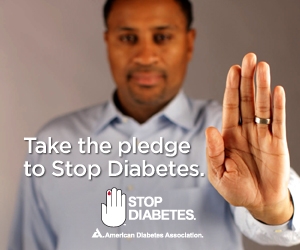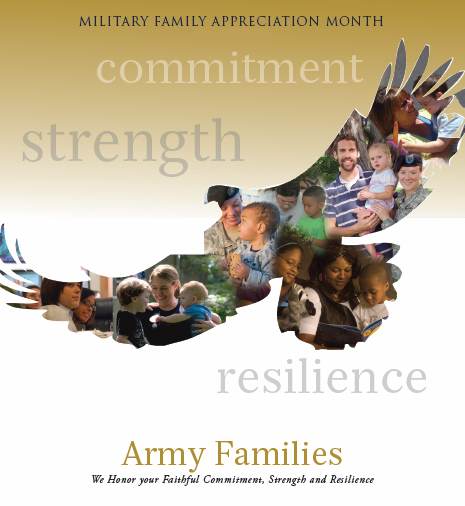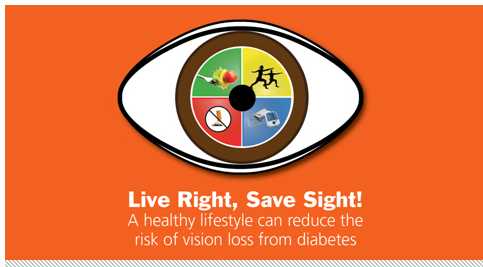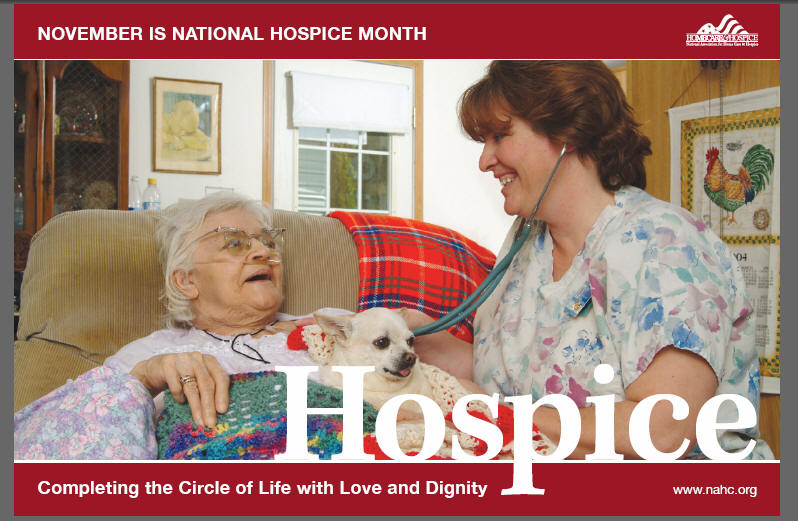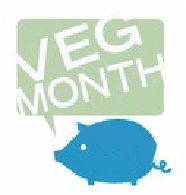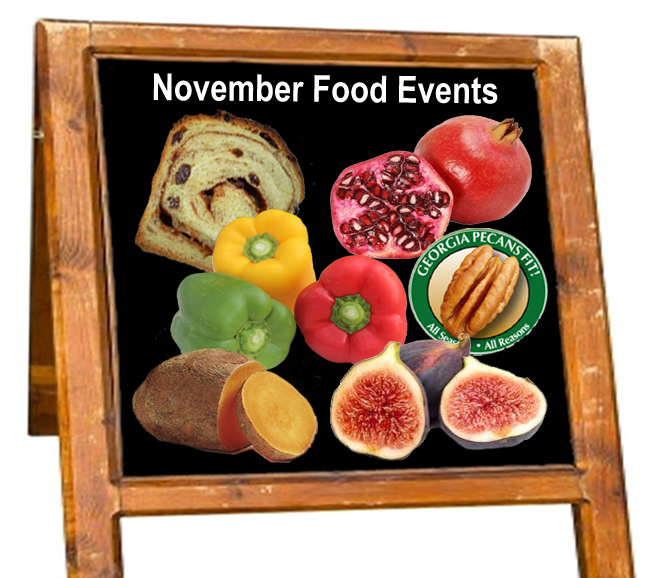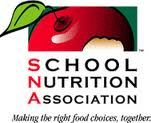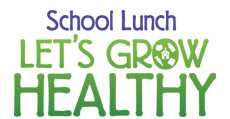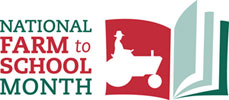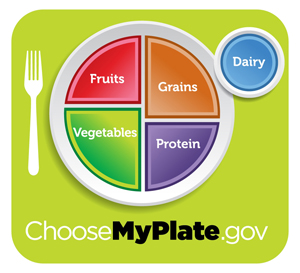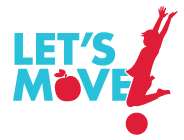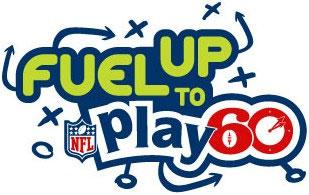The following questions were created to determine your interaction and confidence in your physician on the subject of nutrition and/or dieting. In addition, based on your responses, I urge you to read the CMS decision to cover "Obesity Therapy" and sign a petition to include the Registered Dietitian (RD), as a covered practitioner. Petition http://wh.gov/DWX
Background/Definitions
None of the above mentioned practitioners (except the RD) have required courses in Obesity Therapy and many have limited nutrition education. The RD has the education and experience to implement an Obesity Therapy component, in addition to practitioners in the field of psychology.
Who is a Registered Dietitian?
A Registered Dietitian (RD) is a food and nutrition expert who has met academic and professional requirements including:
1. Earned a bachelor’s degree with course work approved by ADA’s Commission on Accreditation for Dietetics Education. Coursework typically includes food and nutrition sciences, medical nutrition therapy, physiology, microbiology, chemistry, biochemistry, psychology, sociology, foodservice systems management, business, computer science and economics.
2. Completed an accredited, supervised practice program at a health-care facility, community agency or foodservice corporation;
3. Passed a national examination administered by the Commission on Dietetic Registration; and
4. Completes continuing professional educational requirements to maintain registration.
Approximately 50% of RDs hold advanced degrees. Some RDs also hold additional certifications in specialized areas of practice, such as Adult Weight Management; Childhood and Adolescent Weight Management; Level 2 Adult Weight Management; pediatric or renal nutrition, nutrition support and diabetes education.
To learn more about the role of the RD visit http://www.eatright.org/
Quiz
1. Has your physician ever discussed nutrition and/or your diet with you?
a. No b. Not Sure c. Yes
2. Has your physician ever said to you, “You need to go on a diet?”
a. No b. Not Sure c. Yes
If you answered “not sure”, consider signing the petition.
If no, you are probably in good health or you need a new doctor.
3. How much time did your physician (or nurse) spend on the following Nutrition and Dietary Assessments and Plan of Care Tools or Programs?
(1) Conduct a Dietary History
a. 0 to 1 minute b. 1 minute to 3 minutes c. Greater than 3 minutes
(2) Evaluate a Food Journal or Food Recall
a. 0 to 1 minute b. 1 minute to 3 minutes c. Greater than 3 minutes
(3) Provide Diet Instructions
a. 0 to 1 minute b. 1 minute to 3 minutes c. Greater than 3 minutes
(4) Teach Behavior Modification Techniques
a. 0 to 1 minute b. 1 minute to 3 minutes c. Greater than 3 minutes
(5) Assist with Meal Planning
a. 0 to 1 minute b. 1 minute to 3 minutes c. Greater than 3 minutes
(6) Help with recipe modifications
a. 0 to 1 minute b. 1 minute to 3 minutes c. Greater than 3 minutes
Score. Count the number of times you chose “a”, “b” and “c”.
a: _______ b. _______ c: ________
Please sign the Petition
Help Stop the Obesity Epidemic
Petition
http://wh.gov/DWX
Conclusion
Obesity is a risk factor associated with numerous chronic diseases (heart disease, diabetes, cancer, etc). Over the last 20 years, the incidence of obesity in the U.S. has dramatically increased.
From: CDC, U.S. Obesity Trends National Obesity Trends
“About one-third of U.S. adults (33.8%) are obese. Approximately 17% (or 12.5 million) of children and adolescents aged 2—19 years are obese. During the past 20 years, there has been a dramatic increase in obesity in the United States and rates remain high. In 2010, no state had a prevalence of obesity less than 20%. Thirty-six states had a prevalence of 25% or more; 12 of these states (Alabama, Arkansas, Kentucky, Louisiana, Michigan, Mississippi, Missouri, Oklahoma, South Carolina, Tennessee, Texas, and West Virginia) had a prevalence of 30% or more.”
In over 30 years as a practicing RD, I have never seen a primary care physician sit with a patient to go over a diet history, food recall, diet instruction, behavior modification, meal planning, and/or recipe modifications. My current doctor still provides diet handouts from pharmaceutical companies.
Based on the current CMS decision, the cost of Obesity will go higher, as people get larger because of inadequate "Obesity Therapy".
Help Stop the Obesity Epidemic















